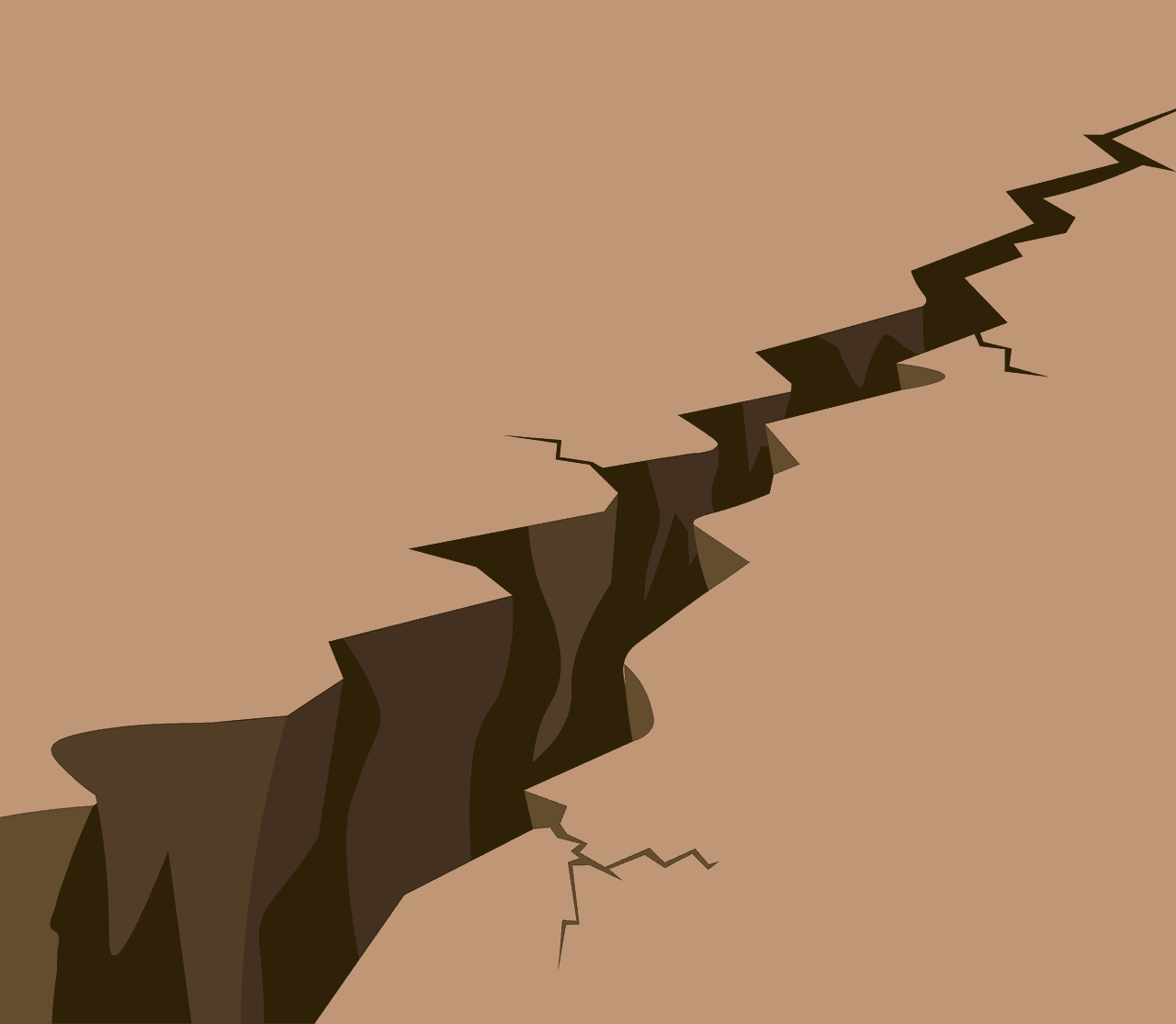Natural Event Types
💢 Earthquakes
Metrics
- Magnitude: Measured on the Richter or Moment Magnitude scale
- Depth: Measured in kilometers from the surface
- Fault Type: Strike-slip, Normal, Reverse, or Subduction
- Tsunami Generation: Whether the earthquake generated a tsunami
- Population Affected: Estimated population in the affected region
Severity Calculation
Earthquake severity (1-10 scale) is calculated using a weighted formula:
Severity = (0.5 × Magnitude) + (0.1 × Inverse Depth) + (0.2 × Population Factor) + (0.2 × Tsunami Factor)- • Magnitude directly correlates with severity (5.0 = moderate, 8.0+ = extreme)
- • Shallower earthquakes receive higher severity ratings due to increased surface impact
- • Tsunamis increase severity by 1-2 points depending on size

🌋 Volcanoes
Metrics
- Volcano Type: Shield, Stratovolcano, Caldera, etc.
- VEI (Volcanic Explosivity Index): Scale from 0-8
- Magma Composition: Basaltic, Andesitic, Rhyolitic, etc.
- Eruption Column Height: Measured in meters
- Tsunami Generated: Whether the eruption caused a tsunami
- Ash Distribution: Area covered by volcanic ash
Severity Calculation
Volcano severity (1-10 scale) is calculated using a weighted formula:
Severity = (0.4 × VEI) + (0.2 × Eruption Height Factor) + (0.2 × Population Factor) + (0.2 × Additional Hazards)- • VEI is heavily weighted (scale of 0-8, with 7+ being catastrophic)
- • Higher eruption columns spread ash further, increasing severity
- • Additional hazards include pyroclastic flows, lahars, and tsunamis

🔥 Wildfires
Metrics
- Area Burned: Measured in acres, hectares, or km²
- Cause: Lightning, Human activity, Power lines, etc.
- Containment: Percentage of the fire's perimeter that has been contained
- Vegetation Type: Forest, Grassland, Chaparral, etc.
- Weather Conditions: Temperature, humidity, wind speed
- Structures Threatened: Number of buildings at risk
Severity Calculation
Wildfire severity (1-10 scale) is calculated using a weighted formula:
Severity = (0.3 × Area Factor) + (0.3 × Containment Inverse) + (0.2 × Population Risk) + (0.2 × Spread Rate)- • Larger area burned directly increases severity
- • Lower containment percentage results in higher severity
- • Dry conditions and high winds significantly increase spread rate factor
- • Proximity to populated areas increases population risk factor

Understanding Severity Ratings
Minimal impact on communities and environment. Local response usually sufficient. No significant casualties expected. Limited disruption to daily activities.
Moderate impact requiring regional response. Some casualties possible. Temporary evacuation may be necessary. Significant structural damage in limited areas.
Severe impact requiring national or international response. Significant casualties likely. Extended evacuation requirements. Widespread structural damage and environmental impact.
Severity ratings are dynamic and may change as events evolve and more data becomes available. Our algorithms continuously update ratings based on the latest metrics, allowing for real-time assessment of changing conditions.